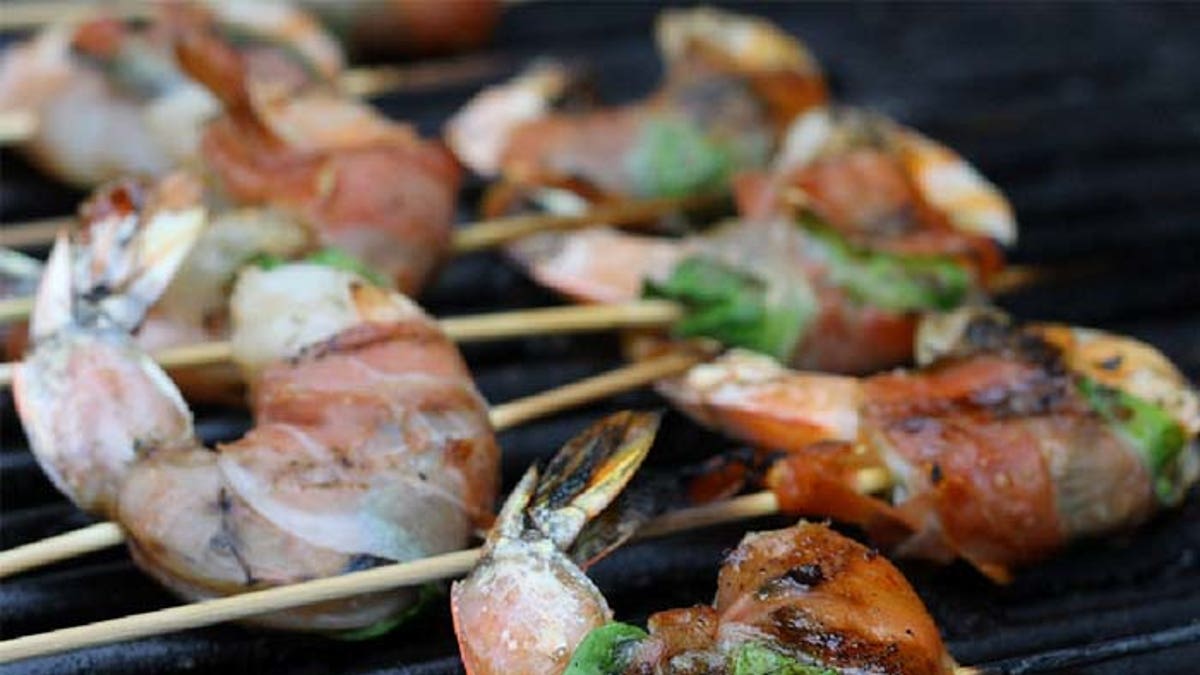
When it comes to eating shrimp, you have more to worry about than that little brown line on their backs.
That’s the word from a new study by Oceana, a marine-conservation advocacy group, which, after testing the DNA of 143 shrimp products from 111 grocery stores and restaurants, found that a whopping 30 percent of shrimp products are misrepresented to consumers.
What exactly does misrepresented mean? Well, according to Oceana, these shrimp are either labeled as being the wrong species, mixed with various species, or called or implied to be “wild” when they were actually farmed.
MORE: How to Find Out If Your Seafood is Toxic
Eating misrepresented shrimp comes with potentially serious implications for both the environment and your health. Some seafood farming practices are associated with pollution and disease, and in order to prevent the spread of illness between shrimp as well as to consumers, many farms treat their seafood with antibiotics, according to Oceana. Meanwhile, if a wild fishery doesn’t practice sound environmental practices, catching shrimp can damage the ocean floor and ecosystem. And—get this--in one case, Oceana found an aquarium shrimp species not meant for human consumption mixed into a supermarket’s bag of frozen shrimp. Gross.
Buying bags to cook at home might be the riskier choice. While 31 percent of the restaurants investigated sold misrepresented shrimp, 41 percent of grocery stores did.
If you like to serve shrimp at home, opt for wild shrimp that’s certified by an independent agency, such as Wild American Shrimp or the Marine Stewardship Council. Both ensure that the fishery that caught the shrimp is well managed and environmentally sustainable.
Or if you can’t find certified wild shrimp in your local supermarket, look for shrimp sporting the Best Aquaculture Practices label, which shows that, albeit farmed, the shrimp was raised with environmentally sensitive practices, without the use of antibiotics, and packaged in a way that reduces the risk of foodborne illness.
